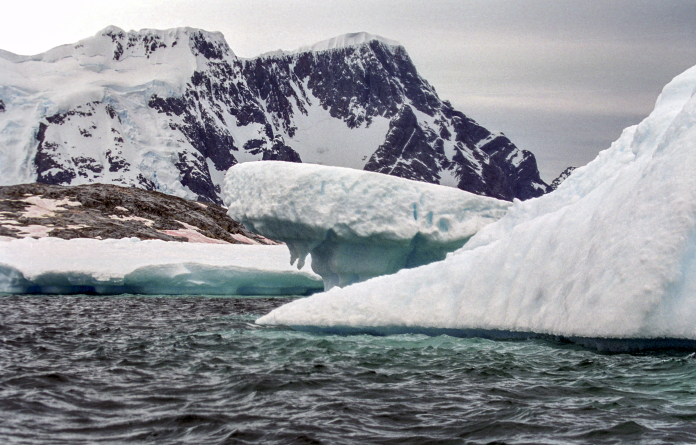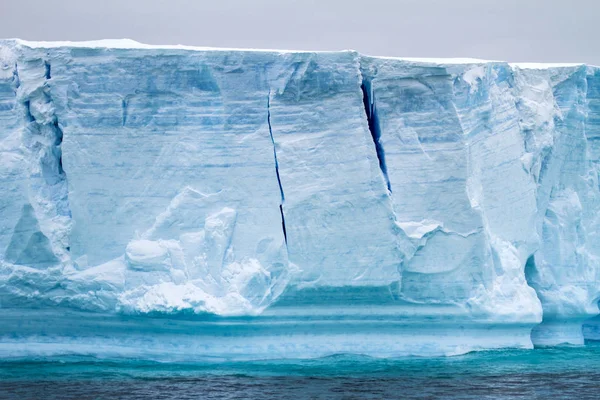
Is the West Antarctic Ice Sheet already beyond the tipping point? Recent studies indicate that the response is uncomfortably close to “yes” with warming thresholds lower than thought before, a tangled web of feedbacks speeding up change through the ice, ocean, and ecosystems of the southernmost continent.
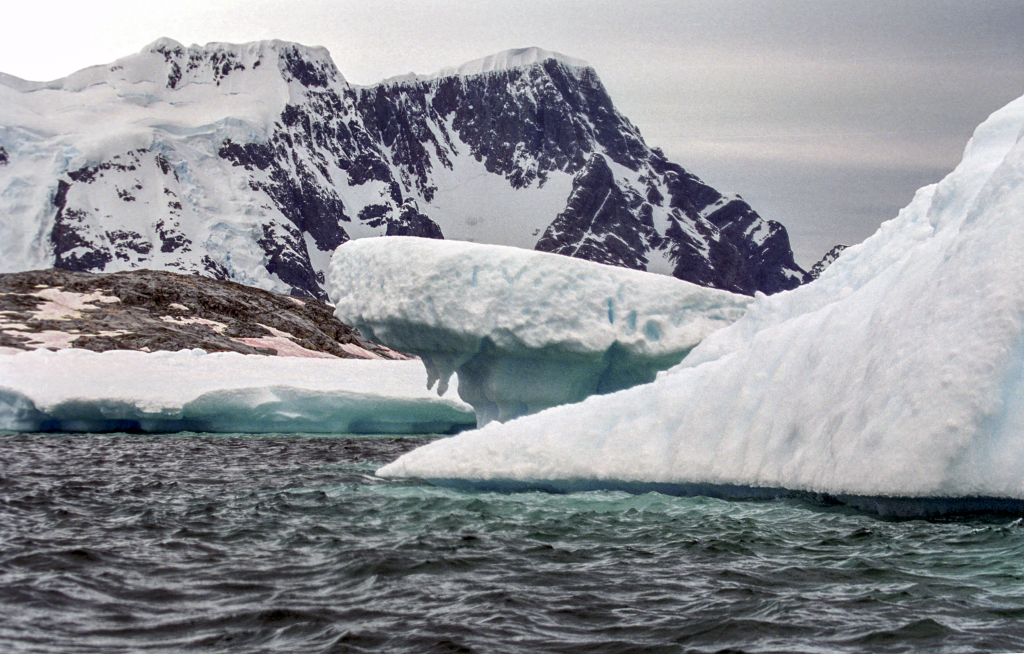
1. A Climate System on the Edge
An extended synthesis in “Nature” cautions that sudden, self-reinforcing changes are occurring in Antarctica. Lead author Nerilie Abram said “There are worrying signs of rapid change across its ice, ocean and ecosystems,” adding that some of these changes “will be difficult to stop.” These regime shifts sudden, non-linear changes in system state are happening in sea ice, ice sheets, ocean circulation, and biological communities, each feeding the others.
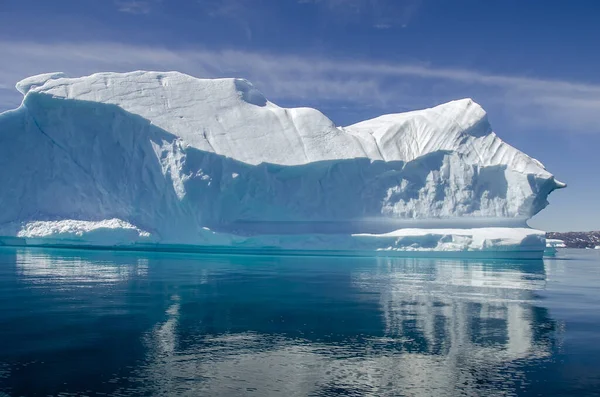
2. Sea Ice Regime Shift and Ecological Fallout
Satellite observations indicate that Antarctic sea ice has receded by an average of 120 kilometers from the continent’s boundary since 2014 “4.4 times quicker” than Arctic loss in the last 46 years. The “gobsmacking” low point was in Winter 2023, when it lost the equivalent of the area between New South Wales and Western Australia. This loss erases reflective surfaces, revealing dark ocean that traps more heat, slowing the formation of winter ice and establishing a feedback mechanism that models indicate could be irreversible even at <2°C warming. The ecological impact is direct: across the Bellingshausen Sea, four out of five emperor penguin colonies experienced complete breeding failure in 2022 when fast ice fragmented before chicks had fledged.
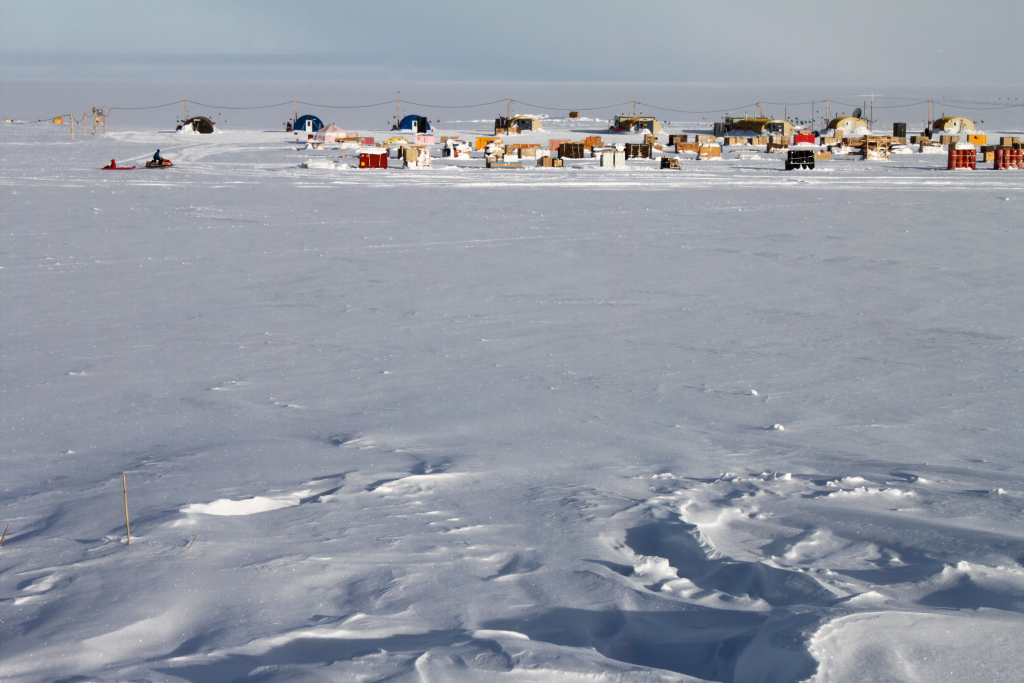
3. Mechanics of Ice Sheet Collapse
In contrast to sea ice, the West Antarctic Ice Sheet (WAIS) lies on bedrock below the sea level and is susceptible to marine ice sheet instability. New paleo–ice sheet modeling suggests collapse of WAIS may be initiated by as little as “0 to +0.25°C” deep-ocean warming. Once retreat has started, hysteresis effects imply recovery would necessitate ocean cooling much below current levels. Geologic and genomic data indicate total WAIS collapse took place during previous interglacials with present-day equivalent temperatures, adding as much as 5 meters to sea level.
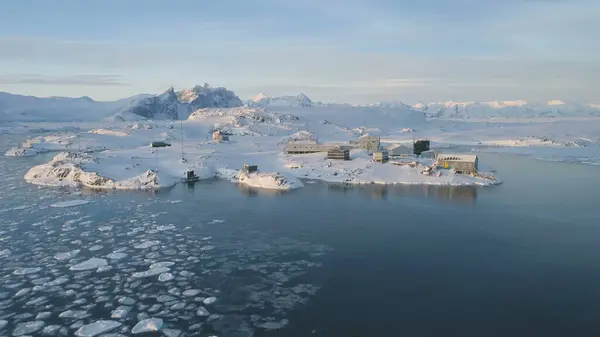
4. Warm Water Intrusion and Grounding Zone Melt
New modeling of grounding-zone hydrodynamics shows that the warm Circumpolar Deep Water can invade kilometers upstream under grounded ice, significantly augmenting basal melt. Melt-cavity geometry feedbacks can yield a tipping-point dynamics small warming in the ocean can transform the system from steady state to “unbounded” intrusion and double melt rates. Retrograde bed slopes, prevalent under WAIS glaciers such as Pine Island, also speed up the retreat by inducing marine ice sheet instability.
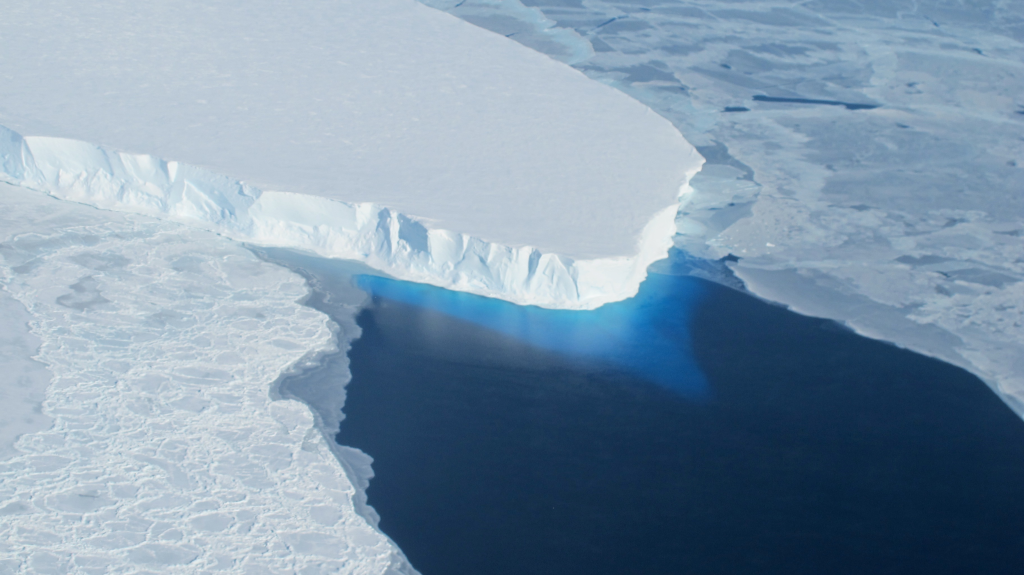
5. The Thwaites Glacier Threat
The Thwaites Glacier, which is already losing 50 billion tons of ice per year, serves as a key WAIS buttress. Satellite and high-resolution hydrological data indicate that warm tidal currents are undermining its base more rapidly than the models suggested. Although some research indicates lower vulnerability to marine ice cliff instability, the grounding line of the glacier remains vulnerable to ocean-driven melt, and hence it is a leading contender for an early tipping. Its collapse might release almost 11 feet of global sea level rise.
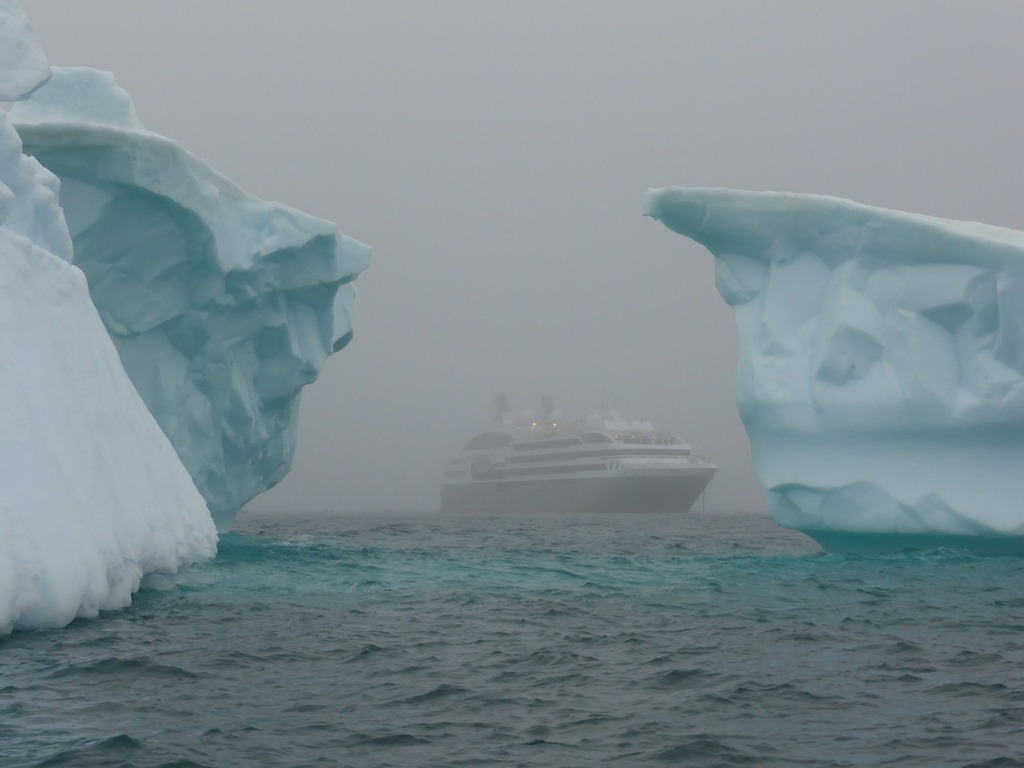
6. Ocean Circulation Slowing Down
The Antarctic Overturning Circulation deep ocean currents that transport heat, carbon, and nutrients worldwide is slowing down. High-resolution ocean models estimate a “40% reduction by 2050” due to meltwater input, suppressing the Southern Ocean’s uptake of CO₂ and enhancing warming for centuries. Records from the previous interglacial indicate analogous stagnation events occurring at the same time as accelerated ice loss, highlighting the possibility of cascading climate effects.
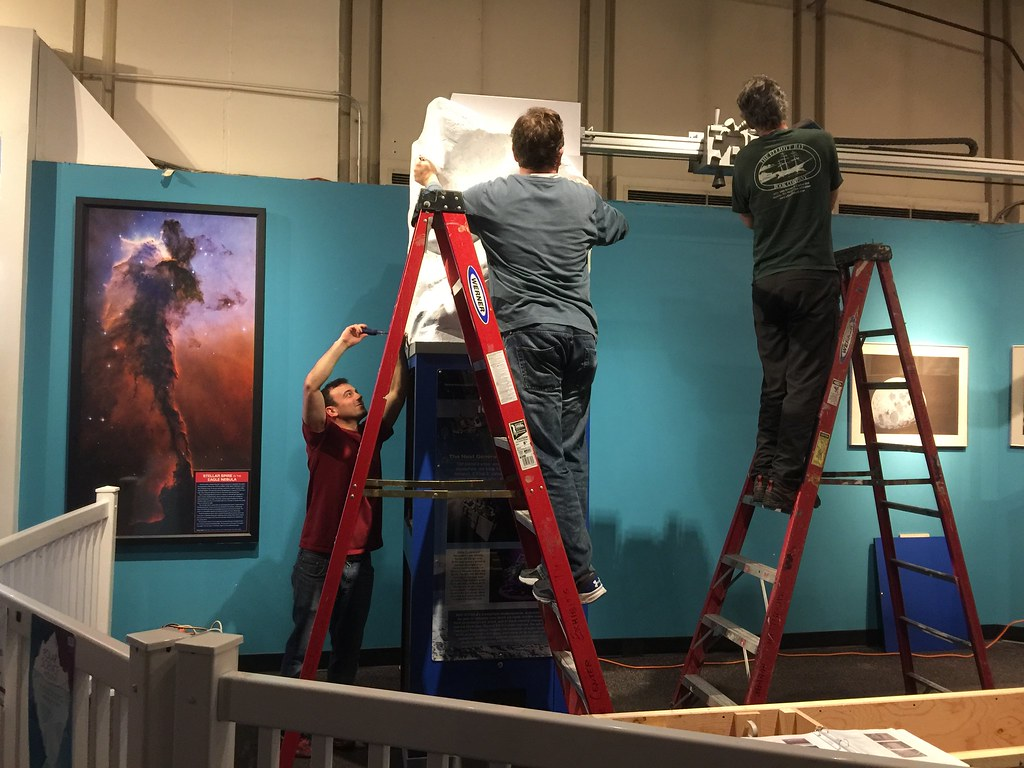
7. Satellite Remote Sensing and Model Gaps
Improvements in polar remote sensing integrating Sentinel-2, WorldView-3, and ICESat-2 data enable researchers to monitor ice velocity, grounding line retreat, and seasonal sea ice stability at unprecedented resolution. However, as recent events confirm, ice sheet and climate models continue to underpredict the velocity and magnitude of Antarctic change. Unresolved processes, including melt–geometry feedbacks and tidal forcing within grounding zones, could imply that existing sea level rise projections are conservative.
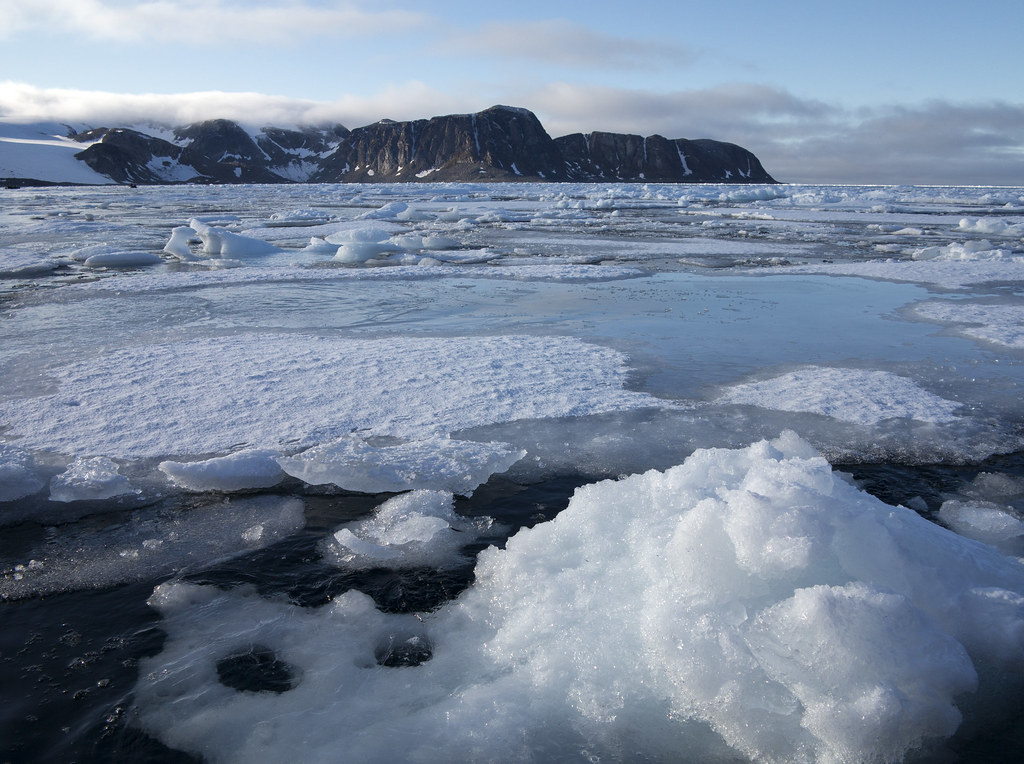
8. Engineering Interventions and Controversy
Confronting near-term tipping risks, some scientists are investigating glacial geoengineering submarine curtain or bubble barrier deployment to shut out heat from glacier foundations. Supporters contend that it might “buy time” to reduce emissions, while skeptics mention technical, environmental, and political dangers. As Columbia Climate School economist Gernot Wagner warned, “Geoengineering doesn’t solve anything at best, it’s a painkiller” to mitigate immediate effects but not address the cause: greenhouse gas emissions.
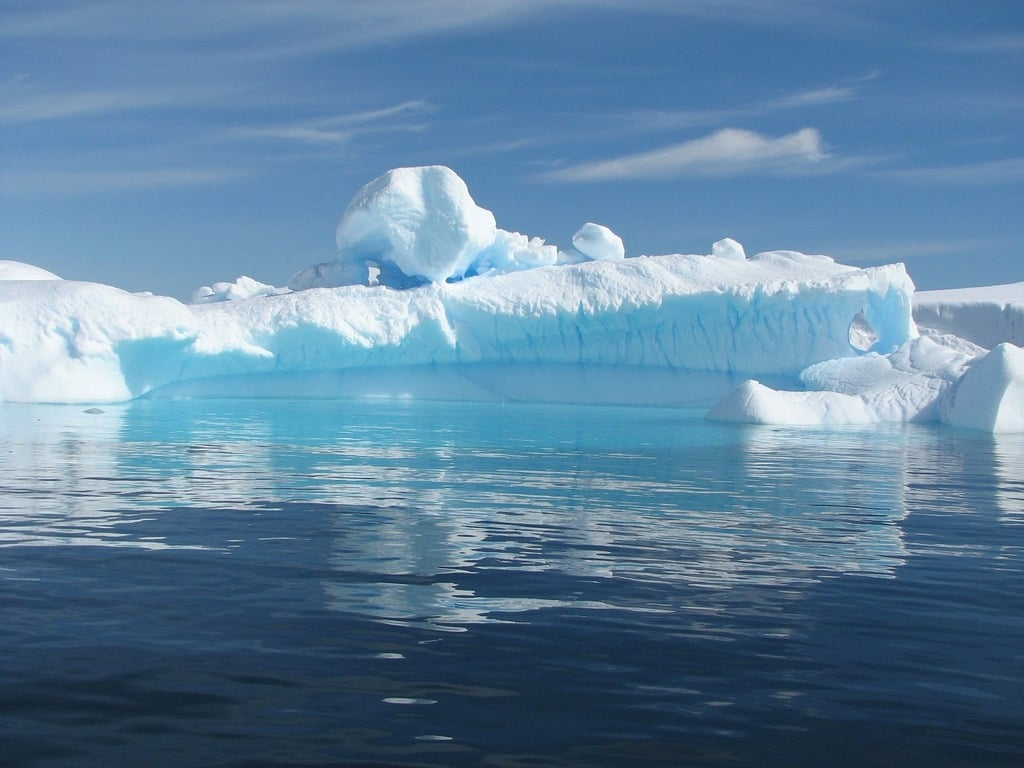
The accumulating lines of evidence from paleo records to satellite observation and sophisticated ice–ocean modeling indicate a sobering truth: Antarctica’s stability is more precarious than thought, and the engineering, policy, and science communities have a shrinking window of opportunity to respond.
